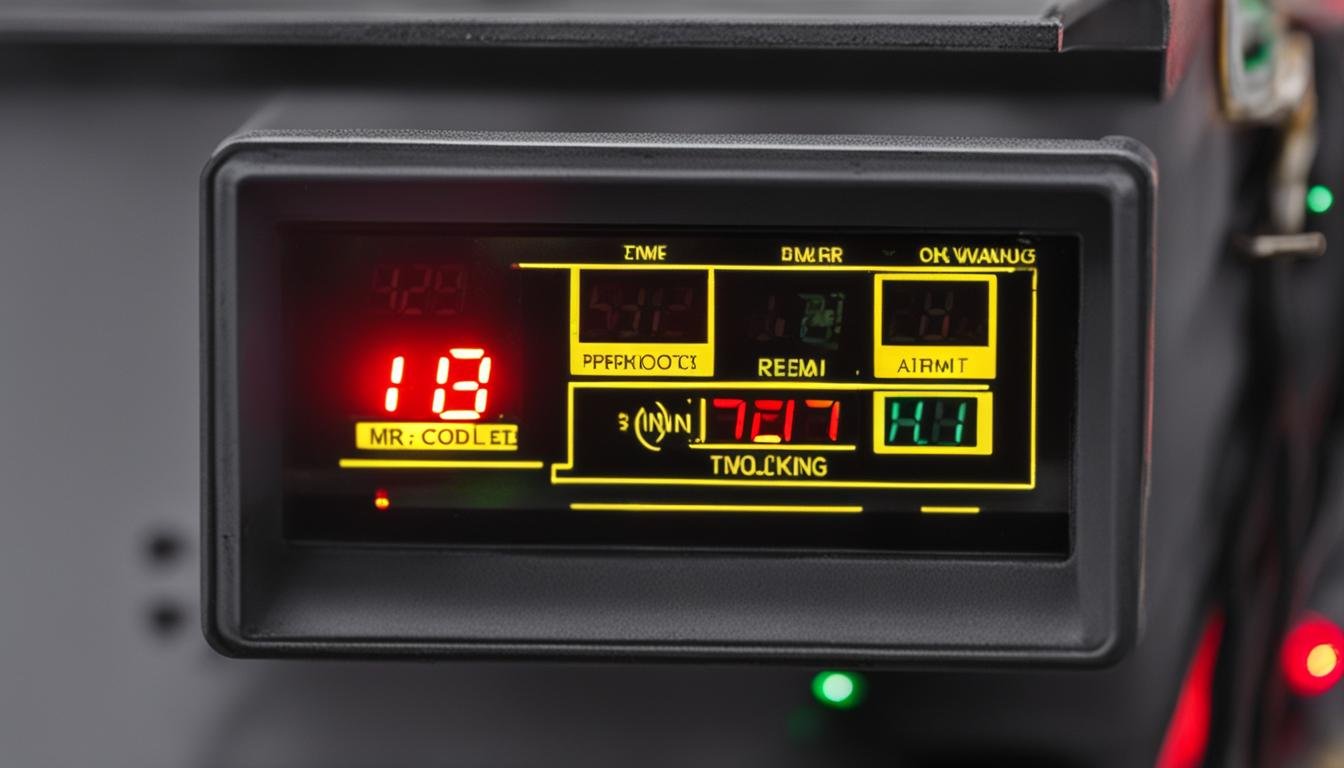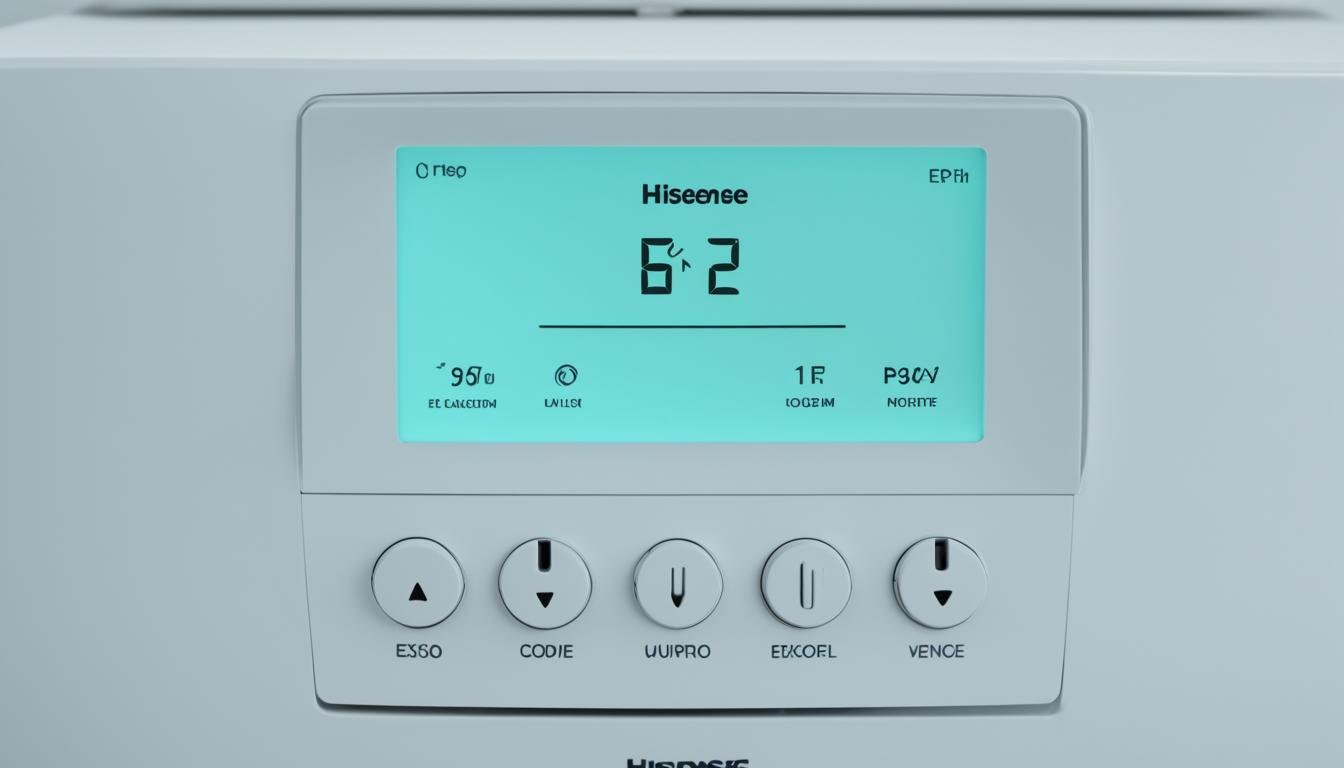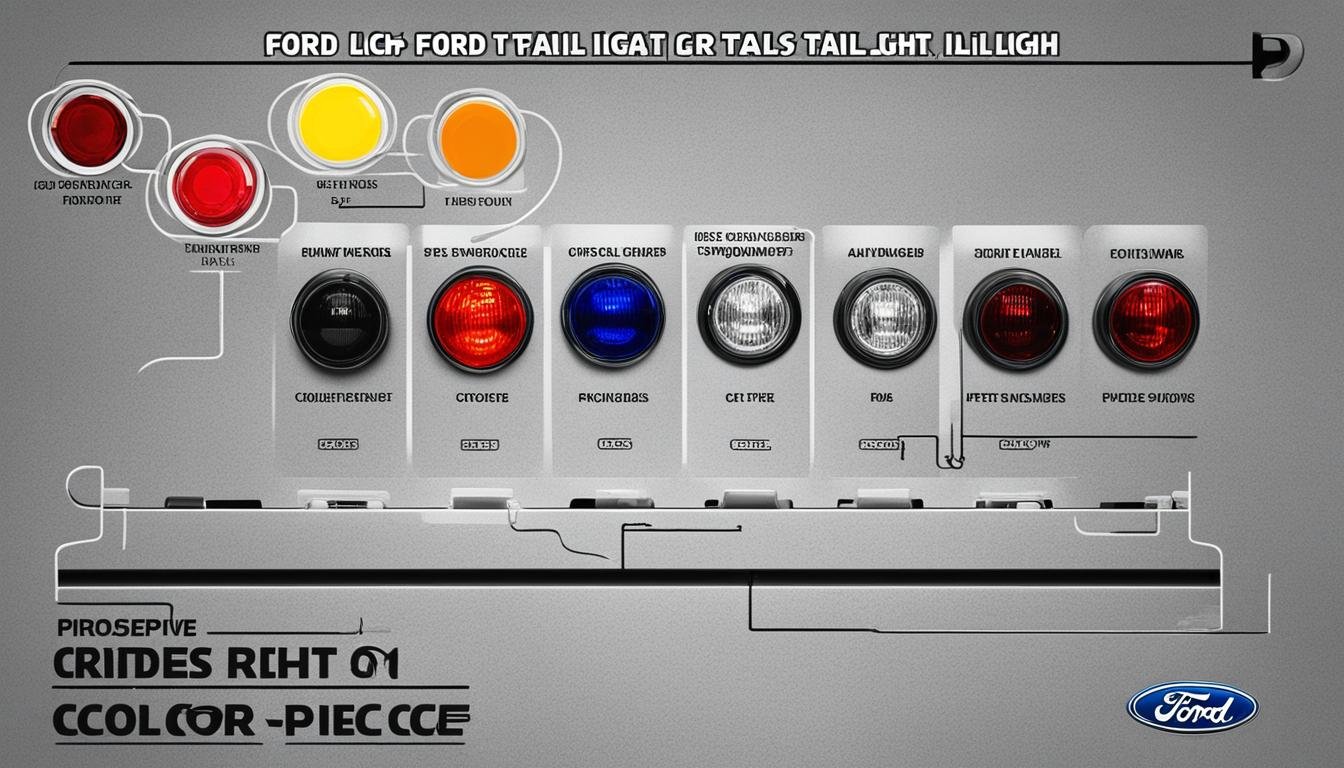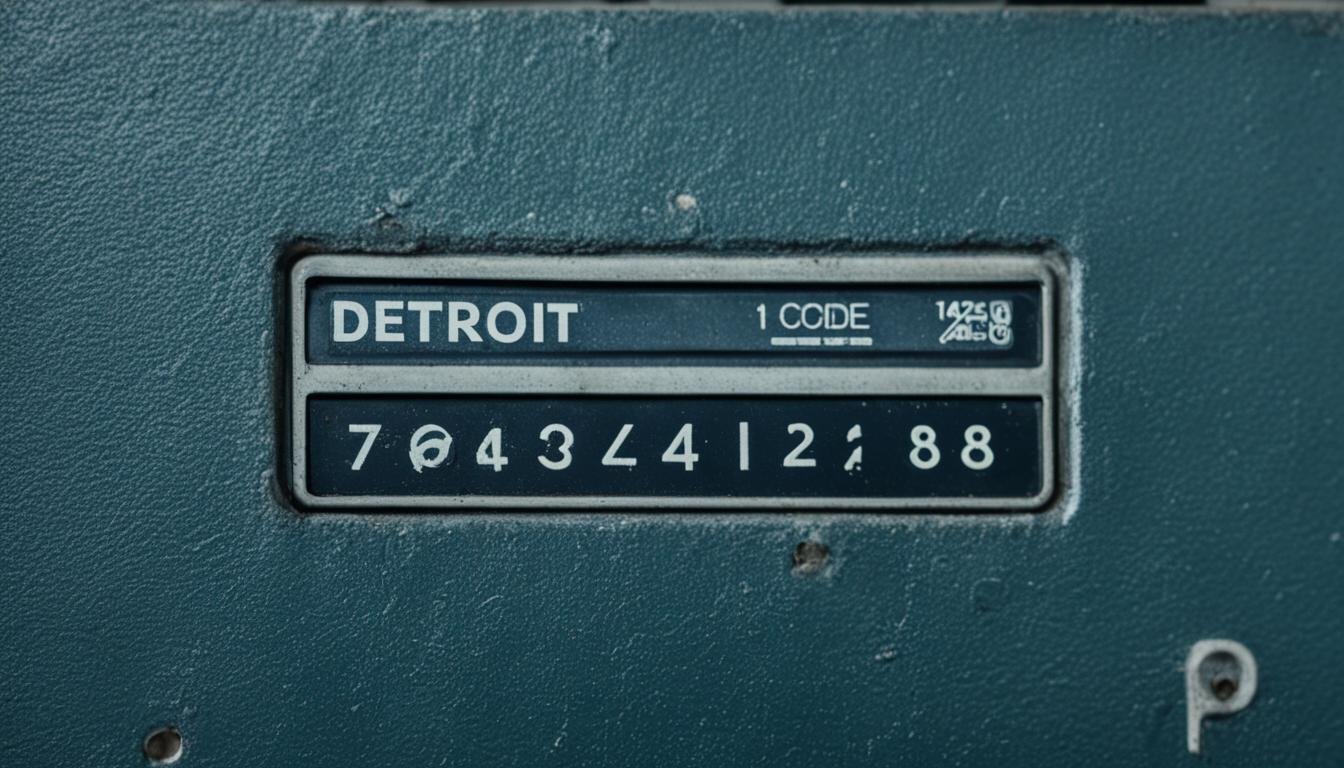Are you tired of dealing with error codes on your Mr Cool mini split system? Do you find yourself constantly seeking solutions for troubleshooting and fixing these issues?
Well, we’ve got you covered! In this article, we will delve into the world of Mr Cool mini split error codes and provide you with all the information you need to effectively troubleshoot and resolve them. Whether you’re a seasoned DIY enthusiast or new to the world of HVAC systems, you’ll find valuable insights and step-by-step instructions to get your Mr Cool mini split up and running smoothly.
Key Takeaways:
- Understand common error codes for Mr Cool mini split systems
- Learn how to troubleshoot and fix each error code
- Follow professional tips and guidelines
- Contact Mr Cool or their warranty department for further assistance
- Prioritize safety and consult a qualified technician if needed
How to Troubleshoot Mr Cool Mini Split Error Codes
When your Mr Cool mini split system displays an error code, it’s important to know how to troubleshoot and resolve the issue. Below, we provide some troubleshooting tips for common Mr Cool mini split error codes:
- E0: Check the indoor unit’s EEPROM parameters. If necessary, replace the parameters to resolve the error.
- E1: Verify the communication between the indoor and outdoor units. Address any issues with the communication to eliminate this error.
- E2: Inspect the zero-crossing signal detection circuit. Repair or replace the circuit as needed to fix this error.
- E3: Ensure that the indoor fan speed settings are within the control limits. Adjust the settings if necessary to resolve the error.
- E4: Test the indoor room temperature sensor (T1) for any open circuit or short circuit. If faulty, replace the sensor to fix this error.
- E5: Inspect the evaporator coil temperature sensor (T2) for any open circuit or short circuit. Replace the sensor if necessary to resolve the error.
- EC: Perform a refrigerant leakage detection test. If any leaks are detected, repair them to eliminate this error.
- F0: Check for overload current protection issues. Resolve any issues with the current protection to fix this error.
- F1: Test the outdoor ambient temperature sensor (T4) for any open circuit or short circuit. Replace the sensor if needed to resolve the error.
- F2: Inspect the condenser coil temperature sensor (T3) for any open circuit or short circuit. If faulty, replace the sensor to fix this error.
- F3: Verify the compressor discharge temperature sensor (TP) for any open circuit or short circuit. If necessary, replace the sensor to eliminate this error.
- F4: Check the outdoor unit’s EEPROM parameters. If required, replace the parameters to resolve this error.
- F5: Adjust the outdoor fan speed settings to ensure they are within control. This adjustment should help fix the error.
- P0: Address any IPM malfunction or IGBT over-strong current protection issues to eliminate this error.
- P1: Check for overvoltage or undervoltage conditions. Resolve these voltage issues to fix this error.
- P2: Inspect the high-temperature protection of the IPM module or compressor top. If necessary, repair this protection to eliminate the error.
- P3: Monitor the outdoor ambient temperature. Take necessary actions if the temperature is too low to resolve this error.
- P4: Resolve any inverter compressor drive errors to fix this error.
- P5: Troubleshoot conflicts between indoor units in a multi-zone setup. Resolving these conflicts should eliminate this error.
- P6: Identify and fix any low-pressure protection issues to resolve this error.
By following these troubleshooting tips, you can effectively address the common error codes in your Mr Cool mini split system. However, if the issues persist or you need further assistance, it is recommended to contact Mr Cool or their warranty department for professional help.
Conclusion
Understanding the error codes and knowing how to troubleshoot them is essential for resolving issues with your Mr Cool mini split system. By following the troubleshooting tips provided for each error code, you can effectively address the problems and get your system running smoothly again.
However, if the issues persist or you need further assistance, it is recommended to contact Mr Cool or their warranty department for professional help. Remember to always prioritize safety and consult a qualified technician if needed.
Don’t let error codes on your Mr Cool mini split system get you down. With the right knowledge and troubleshooting techniques, you can quickly diagnose and fix any problems that arise. Keep this guide handy for future reference and enjoy the cool comfort of your mini split system all year round!
FAQ
What are some common error codes for Mr Cool mini split systems?
Here are some common error codes for Mr Cool mini split systems:
– E0: Indoor unit EEPROM parameter error
– E1: Indoor/outdoor units communication error
– E2: Zero-crossing signal detection error
– E3: Indoor fan speed has been out of control
– E4: Indoor room temperature sensor T1 open circuit or short circuit
– E5: Evaporator coil temperature sensor T2 open circuit or short circuit
– EC: Refrigerant leakage detection
– F0: Overload current protection
– F1: Outdoor ambient temperature sensor T4 open circuit or short circuit
– F2: Condenser coil temperature sensor T3 open circuit or short circuit
– F3: Compressor discharge temperature sensor TP open circuit or short circuit
– F4: Outdoor unit EEPROM parameter error
– F5: Outdoor fan speed has been out of control
– P0: IPM malfunction or IGBT over-strong current protection
– P1: Over voltage or over low voltage protection
– P2: High temperature protection of IPM module or compressor top
– P3: Outdoor ambient temperature too low
– P4: Inverter compressor drive error
– P5: Indoor units mode conflict (multi-zone ONLY)
– P6: Low pressure protection (Only for 36K)
How can I troubleshoot Mr Cool mini split error codes?
Here are some troubleshooting tips for common Mr Cool mini split error codes:
– E0: Check the indoor unit’s EEPROM parameters and replace if necessary.
– E1: Verify the communication between the indoor and outdoor units and address any issues.
– E2: Inspect the zero-crossing signal detection circuit and repair or replace as needed.
– E3: Check and adjust the indoor fan speed settings to ensure it is within the control limits.
– E4: Test the indoor room temperature sensor (T1) for any open circuit or short circuit. Replace if faulty.
– E5: Inspect the evaporator coil temperature sensor (T2) for any open circuit or short circuit. Replace if necessary.
– EC: Perform a refrigerant leakage detection test and repair any leaks.
– F0: Check for overload current protection issues and resolve them.
– F1: Test the outdoor ambient temperature sensor (T4) for any open circuit or short circuit. Replace if needed.
– F2: Inspect the condenser coil temperature sensor (T3) for any open circuit or short circuit. Replace if faulty.
– F3: Verify the compressor discharge temperature sensor (TP) for any open circuit or short circuit. Replace if necessary.
– F4: Check the outdoor unit’s EEPROM parameters and replace if required.
– F5: Adjust the outdoor fan speed settings to ensure it is within control.
– P0: Address any IPM malfunction or IGBT over-strong current protection issues.
– P1: Check for over voltage or over low voltage conditions and resolve them.
– P2: Inspect the high temperature protection of the IPM module or compressor top and repair as necessary.
– P3: Monitor the outdoor ambient temperature and take necessary actions if too low.
– P4: Resolve any inverter compressor drive errors.
– P5: Troubleshoot conflicts between indoor units in a multi-zone setup.
– P6: Identify and fix any low-pressure protection issues.






Leave a Reply